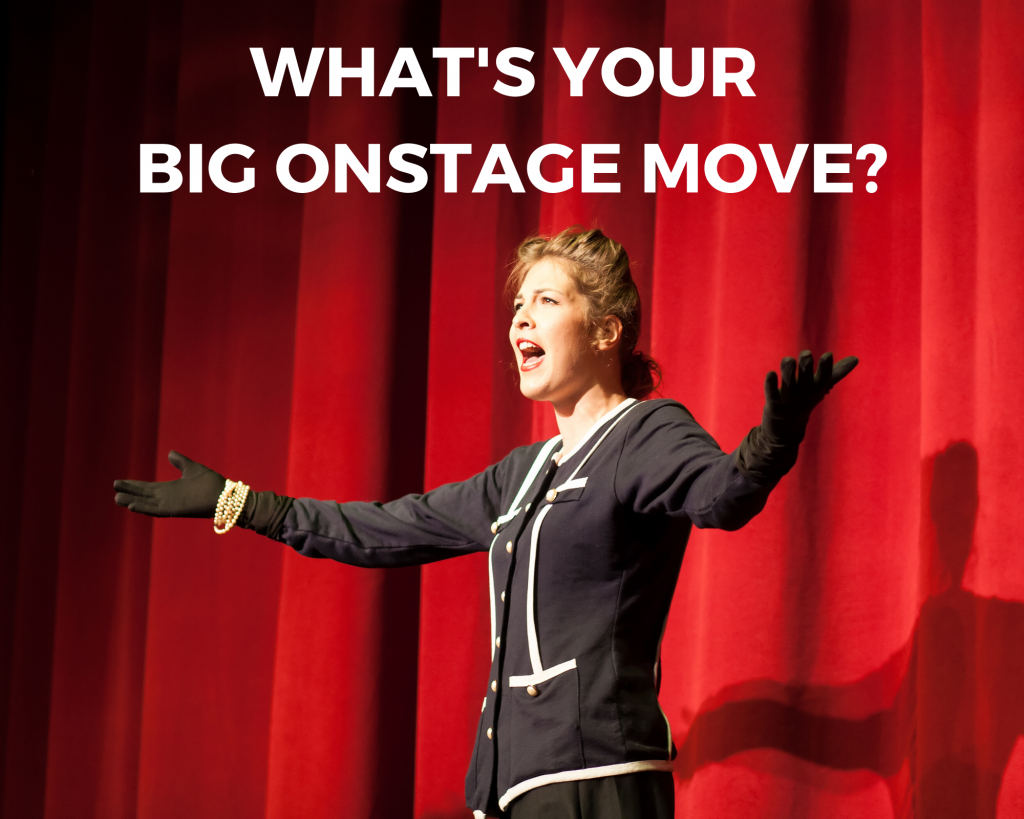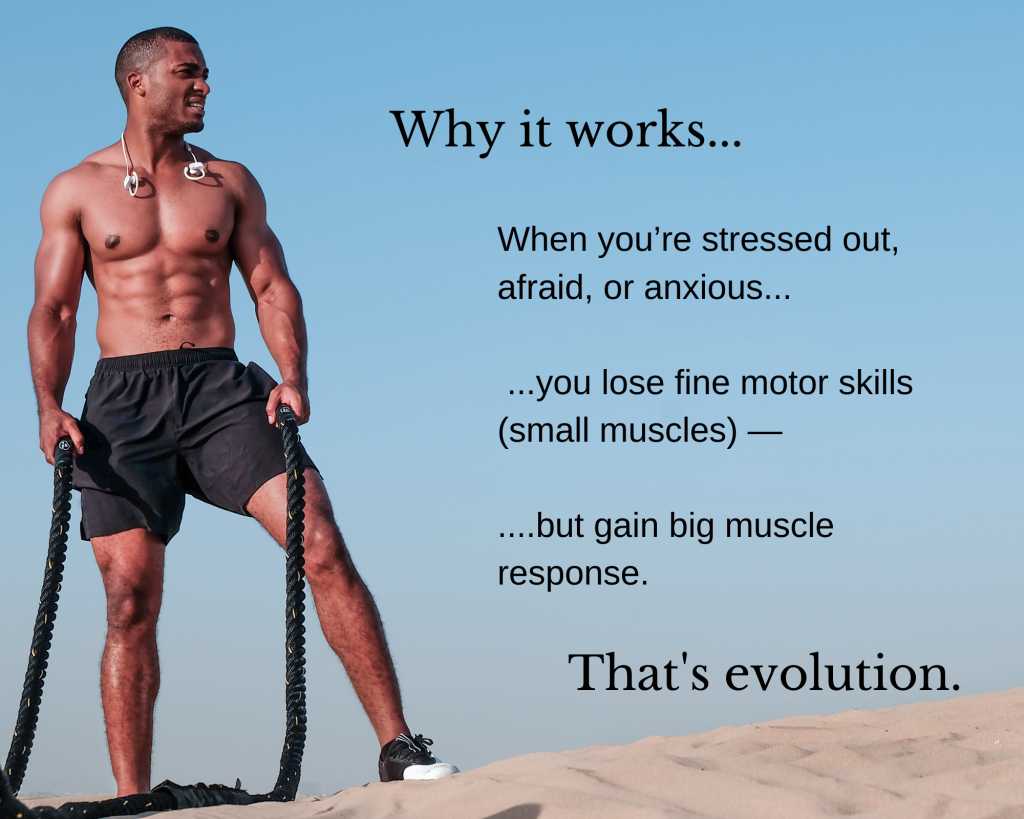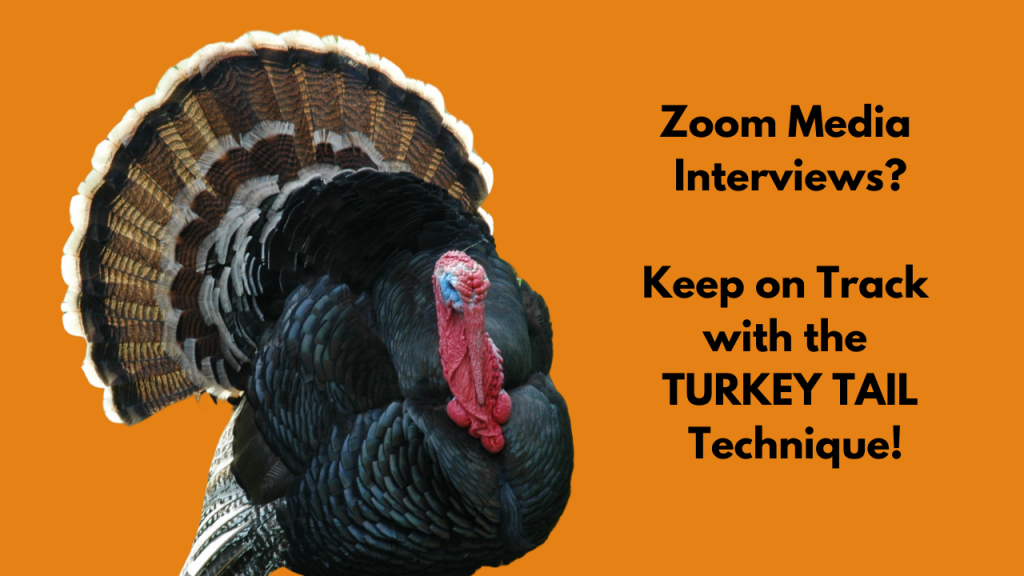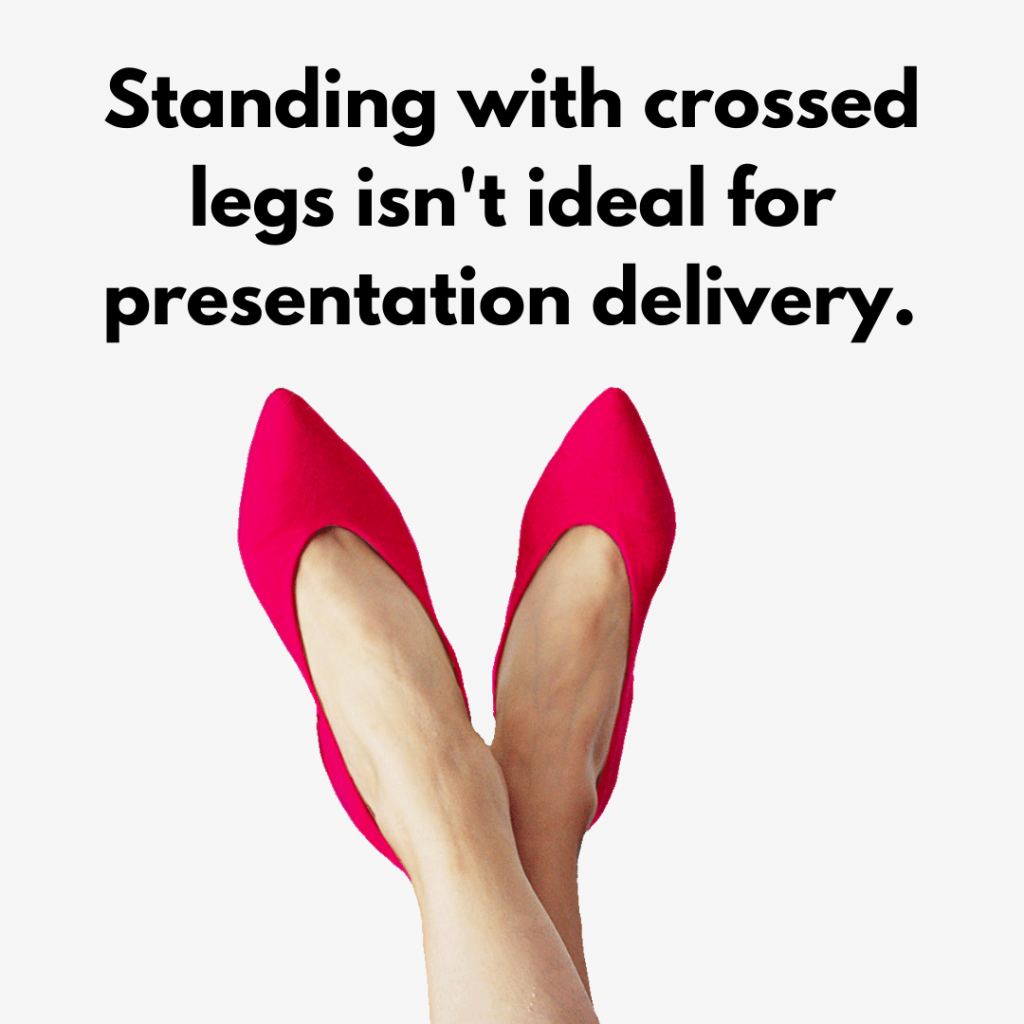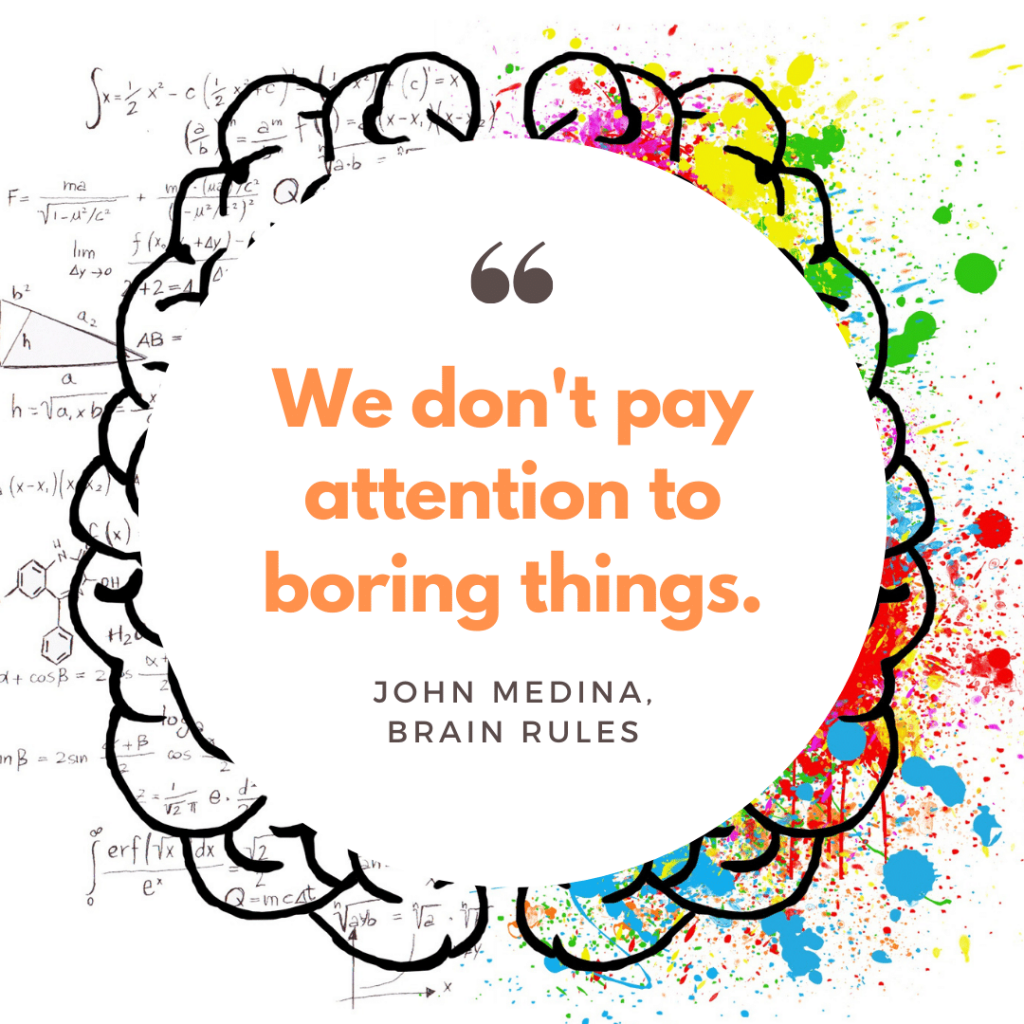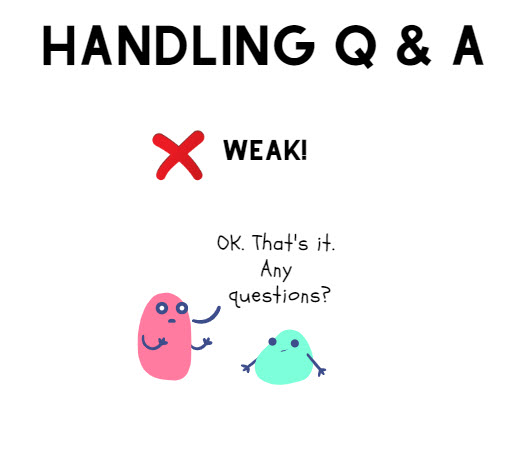When smart people start to stammer…
…it’s often because they’re thinking 10 steps ahead!
🤔 They’re thinking about what they’re going to say in 5 minutes.
🤔 They’re thinking about what someone might ask them in 2 minutes.
🤔 They’re even thinking about what they might forget to say!
All that thinking? It’s what smart people do!
But thinking about a zillion things while you’re talking takes being “present” out of your “presentation!”
In a public speaking consultation for a smart person who stammers, I borrow an exercise from the world of theater.
It’s an exercise called “actioning.” It’s both a theater technique + a mindfulness technique rolled into one exercise.
If you’re a smart person who’s developed a stammer, try giving actioning a try. It gives you a focus point, so you can stay present in your presentation.
Actioning gets you out of your head. It usually gets good results. Here’s how it works:
Think of an action verb. An action verb is a word that fits between the words “I” and “you.
Think I “hate” you or I “love” you! Except instead of verbs like “hate” and “love,” think of a verb that’s more appropriate to the tone of what you want your audience to do, think or feel.
Then, instead of focusing on each word that you’re saying, focus on the action verb as you speak. That way, your words will flow out of your mouth a little more easily, because you’re not in your head.
You’re not thinking about every single word that you’re going to say. You’re thinking about the emotional power of those words.
For example, you might pick an action verb like persuade. Or you might think of another action verb as you go on in your speech or presentation.
Do you want to intrigue people? Do you want to mystify people? Let your action verb guide you. Use an action verb as your focal point as you speak.
There’s a whole range of action verbs that you can use to help express what you’re trying to communicate. Try actioning because it can help you get out of your head and focus more on the emotional intent behind the words that you’re saying.
And if you’d like to learn more about actioning, read Actions: The Actor’s Thesaurus by Marina Calderone and Maggie Lloyd-Williams.
Amazon Link to book: https://www.amazon.com/dp/B076DQ3YQZ/ref=dp-kindle-redirect?_encoding=UTF8&btkr=1
You can draw from a wide range of action verbs that can help you stay focused and present as you speak.
What are some of your favorite action verbs to use as a focal point as you speak?
——————————————————-
Laura Bergells is a professional story finder. She writes, coaches, teaches, and speaks. Check out her online courses at LinkedIn Learning.
🔥🔥🔥 Laura also teaches “Presenting On Camera” – a live, interactive group class for sales and training professionals who need to shift from in-person to on-camera presentations. Call to inquire about availability and rates.




